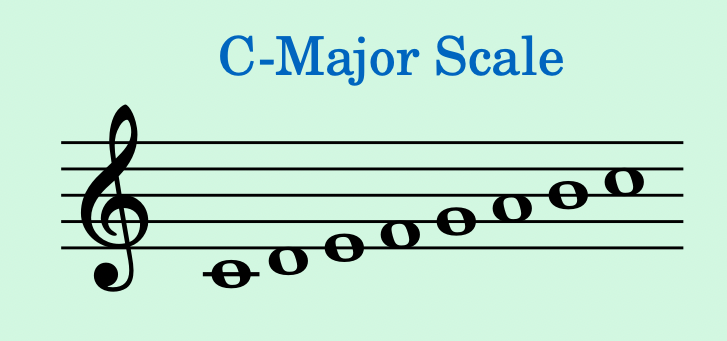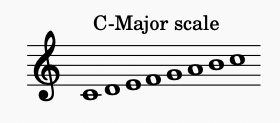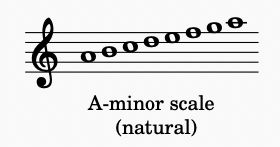
The Major Scale
Music Theory Lesson:
The Major Scale
Objective:
To understand the structure, characteristics, and musical significance of the major scale in music theory.
Introduction to the Major Scale
Definition:
The major scale is one of the most commonly used diatonic scales in Western music. It is known for its bright and happy sound:

Structure of the Major Scale
1. Whole and Half Steps:
– The major scale follows a specific pattern of whole and half steps which is: Whole, Whole, Half, Whole, Whole, Whole, Half.
2. Tonic as Starting Point:
– The scale begins on the tonic (the first note of the scale) and follows the step pattern to return to the tonic an octave higher.
3. Key Signatures:
– Each major scale is associated with a key signature, which indicates the sharps or flats used in the scale.
Significance of the Major Scale
1. Foundation of Harmony and Melody:
– The major scale forms the basis for much of Western music, influencing the construction of melodies, harmonies, and chord progressions.
2. Relative Minor:

– Each major scale has a relative minor scale, sharing the same key signature but starting on the sixth degree of the major scale.
3. Mode and Modulation:
– Understanding the major scale is essential for exploring modes and key modulations in music composition and analysis.
Exercises
1. Scale Practice:
– Practice playing the major scale in various keys on your instrument, focusing on the whole and half step pattern.
2. Ear Training:
– Develop the ability to recognize the sound of major scales and identify them by ear.
3. Composition:
– Use major scales to compose simple melodies and understand chord progressions within a key.
Conclusion
The major scale is a cornerstone of music theory, integral to understanding melody, harmony, and the structure of Western music. Mastery of the major scale across different keys is essential for musicians, aiding in the development of a comprehensive musical understanding.